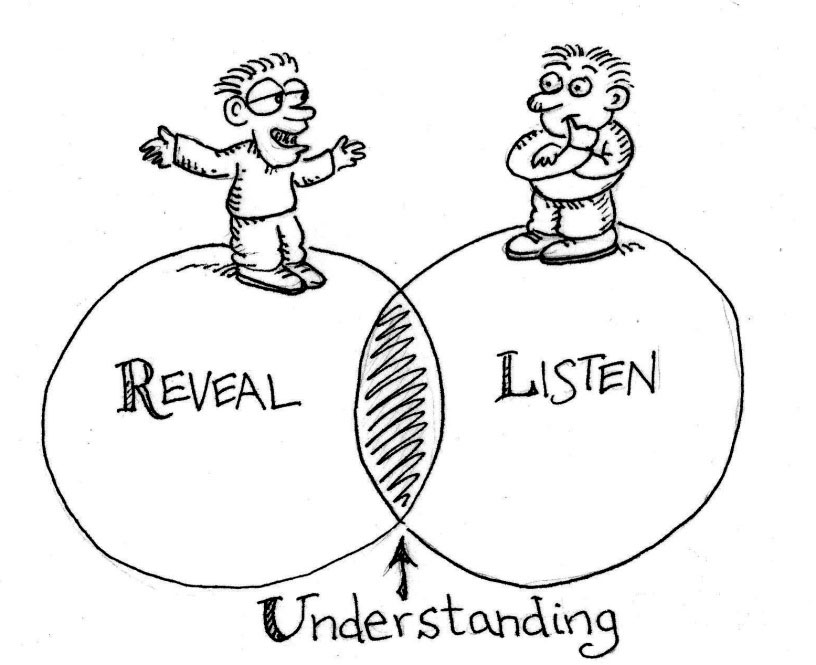As you gather with your family and attend holiday parties, empathy and compassion can help you navigate the difficult conversations that are bound to occur in the aftermath of the year’s destructively contentious election season. (Even if everyone agrees to avoid talking about politics, fear and anger can be easily rekindled.)
To open the doorway to compassion with our family, friends and coworkers, we need, at the very least, to understand people’s perspectives or have what Daniel Goleman calls “cognitive empathy.” This kind of empathy can be difficult to experience when points of view differ from our own.
The first step is to decide whether you want to understand. (Do I really want to understand? Or, do I want to get enough data so I can convince them they are wrong? Or, do I want to pick a fight because it might be more interesting than what’s going on in the moment?)
If you do want to understand, use the listening skills we described in previous blogs: restating what you hear to check if your understanding is accurate and asking good questions to deepen your understanding of what others are saying.
Third, pause, ground yourself in your body and notice your internal dialogue. If you “hear” yourself going into dangerous territory (Really? How could they possibly think this?), pause, feel your feet on the floor, your seat on the chair, and the breath moving in your body. Then decide how you want to proceed. One option is to share the impact of what you are hearing (What you are saying is hard to hear. I’m afraid I am going to say something that I will regret so I need to stop and not continue this conversation right now.) Another is to calmly (the hard part) state that you see things differently and ask whether those speaking want to hear your point of view. (I have a different perspective. Would you like to hear my point of view?) It’s notable that when you ask others if they want to hear your point of view, they usually say yes and tend to listen better than if you had not asked. If they say no, then you might have avoided an argument not worth having.
In the next two blogs we will explore two other forms of empathy that are also doorways to compassion: empathic concern (sensing what another needs) and emotional empathy (feeling what someone else feels).
Mary’s book “Talk Matters! Saving the World One Word at a Time” is now available. Click here to purchase it.


2 thoughts on “Doorways to Compassion”